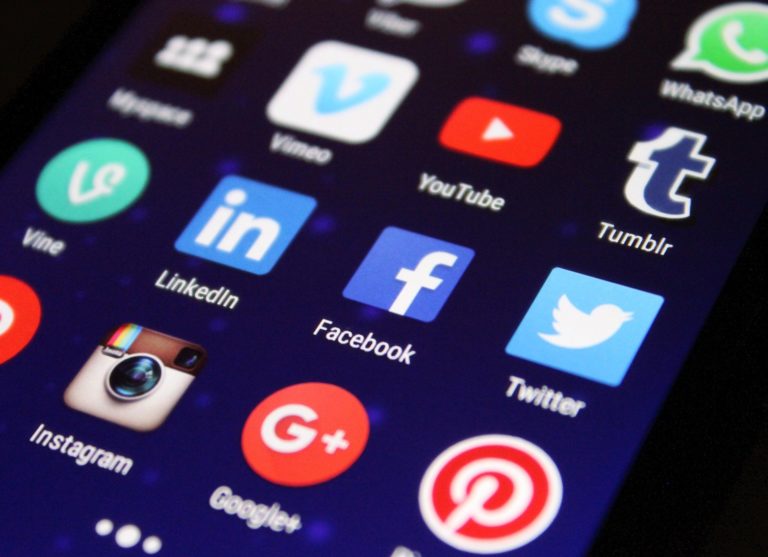The coronavirus crisis is unprecedented in modern times. Everyone has struggled to adapt to the new circumstances, and medical practices are no exception.
It’s often impossible to know the “right” thing to do when there is literally no playbook entitled “How to Run Your Medical Practice During a Global Pandemic.”
However, we’ve had dozens of conversations with practice owners who are surviving…even thriving…in these life-altering times.
To make life easier for you, here are some creative ideas we found that can help you reopen your practice.
Consider using technology to enhance social distancing

As medical practices get back to some version of normal two truths emerge:
- Patients are suddenly very concerned about infection control.
- Doctors are struggling to keep patients safe while trying to rebuild the appointment book.
Several of our clients are discovering that technology, used wisely, ticks both boxes.
For years, medical practices invested in EHRs but clung to clipboards, paper forms, and paper files.
No more.
Suddenly, patients now view ANY paper form as a disease vector.
Practices are finally embracing more digital technology. COVID-19 is becoming the catalyst.
The best practices are racing to digitize records under the contactless banner.
Here’s a range of technologies that you should be giving serious consideration:
- Online patient scheduling
- Online patient portal for new patient enrollment.
- Online payment portal
- Contactless payment terminal in the office.
- Touchscreen tablet for in-office check-in.
- Automated delivery of ancillary services for patient wellness.
- Remote patient monitoring.
- Patient communications platforms (SMS, email, and robocall).
- Telehealth, either for clinical visits or as a triage to reduce waiting room volume.
These technologies have a triple benefit:
- Reducing patient anxiety about unnecessary physical contact.
- Improving office productivity through real productivity gains.
- Increasing patient satisfaction through greater convenience.
So, if nothing else, the silver lining of this pandemic is to finally take bold steps needed to bring your practice into the 21st century.







